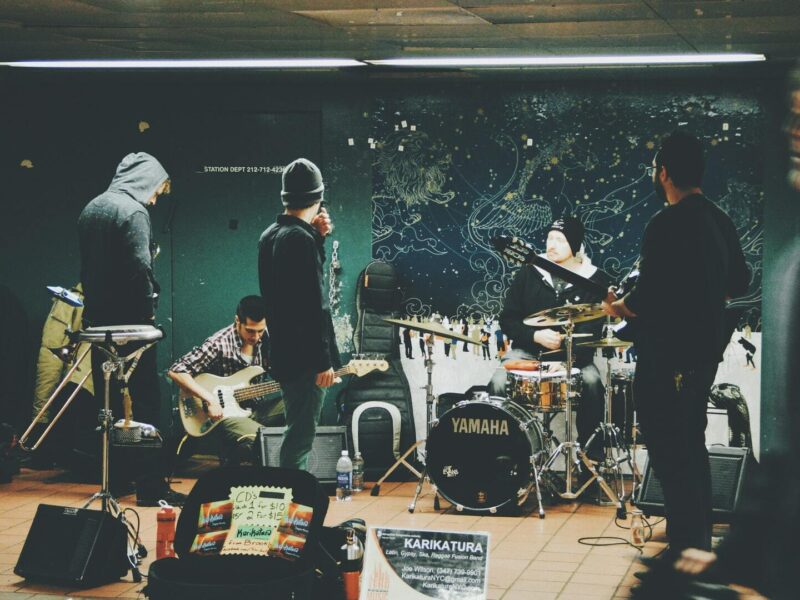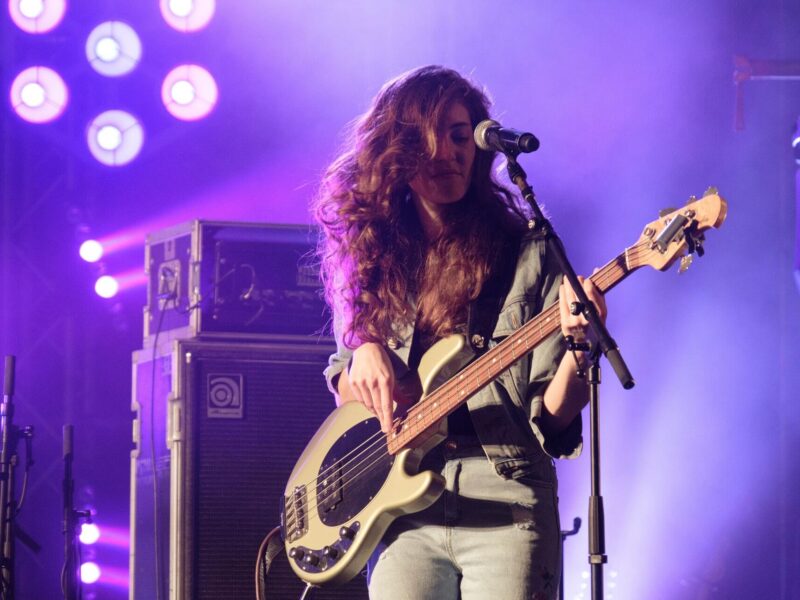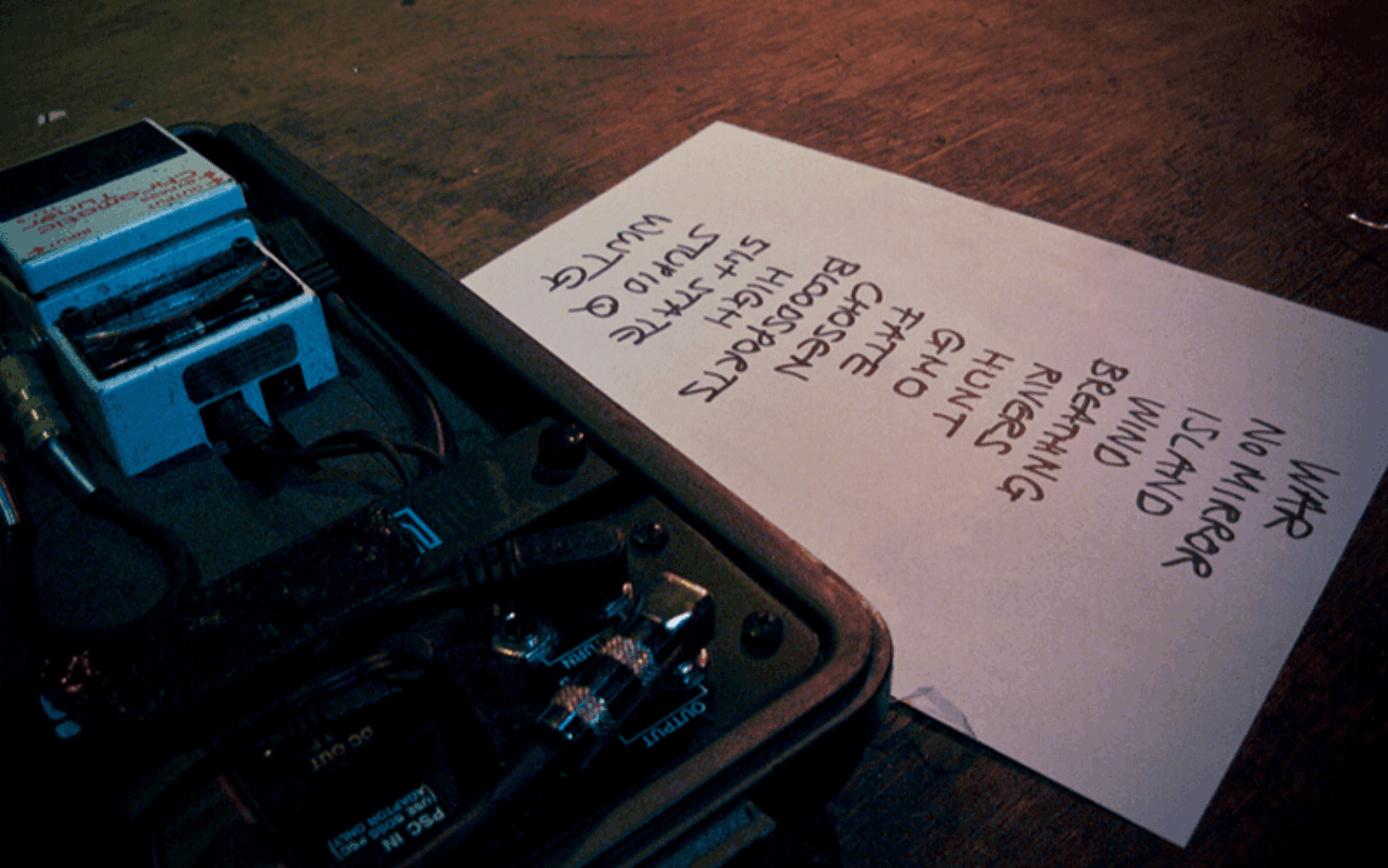
Download Your FREE 22-Day Single Release Plan
How To Write A Set List For Your Next Live Gig (10 Band Set List Tips)
Contents [ ]
- 1. Know Exactly How Much Time You Have
- 2. Your First Song Is The Most Important
- 3. Switch Up Tempos & Energy
- 4. End Your Set List With A Bang
- 5. Plan Your Key Messages
- 6. Make A Note Of Guitar Changes & Transitions
- 7. Place Cover Songs Carefully
- 8. Destroy The 'Lull' With A Pivotal Track
- 9. Find The Balance With Old and New Material
- 10. Rehearse A Show, Not A Set List
Building the perfect set list for your live show is an art form.
As a musician, it's a good idea to understand the key components that make up a great show.
Writing a killer set list is so much more than just choosing the order of your tracks.
We’ve all been there. 10-15 minutes before we’re about to go on stage and we're still arguing about which songs to put in, which songs should go where, and which songs we should take out.
Why approach your live performance in this frame of mind?
If you get the right songs in the right order, you are 60% on your way to creating a great show for your fans.
But, planning an incredible live show is how you build a fanbase that lasts from gigs.
Here are my top 10 tips on building great set lists for musicians!
1. Know Exactly How Much Time You Have
20 minutes is very different to 60 minutes when it comes to structuring a set list.
The first thing you need to know is, how long are you going to be on stage?
This will help you figure out how long your set list should be and how many songs you can fit in.
The length of your set is a huge variable and will drastically impact the flow. Knowing before the night how much time you have to play with will help you plan properly as a band.
Here's a bonus tip:
If you are an unsigned up-and-coming band, less is more. Going on stage and tearing it up for 20 to 25 minutes is better than going on for 60 minutes, just because you can.
You have to think about the consumption of the audience.
Most audiences don’t want to watch you play for 60 minutes unless they can sing along with every single song.
That’s great for the future but right now, you want to get on stage, punch people in the face with your live performance (metaphorically speaking), and then get off leaving them wanting more!
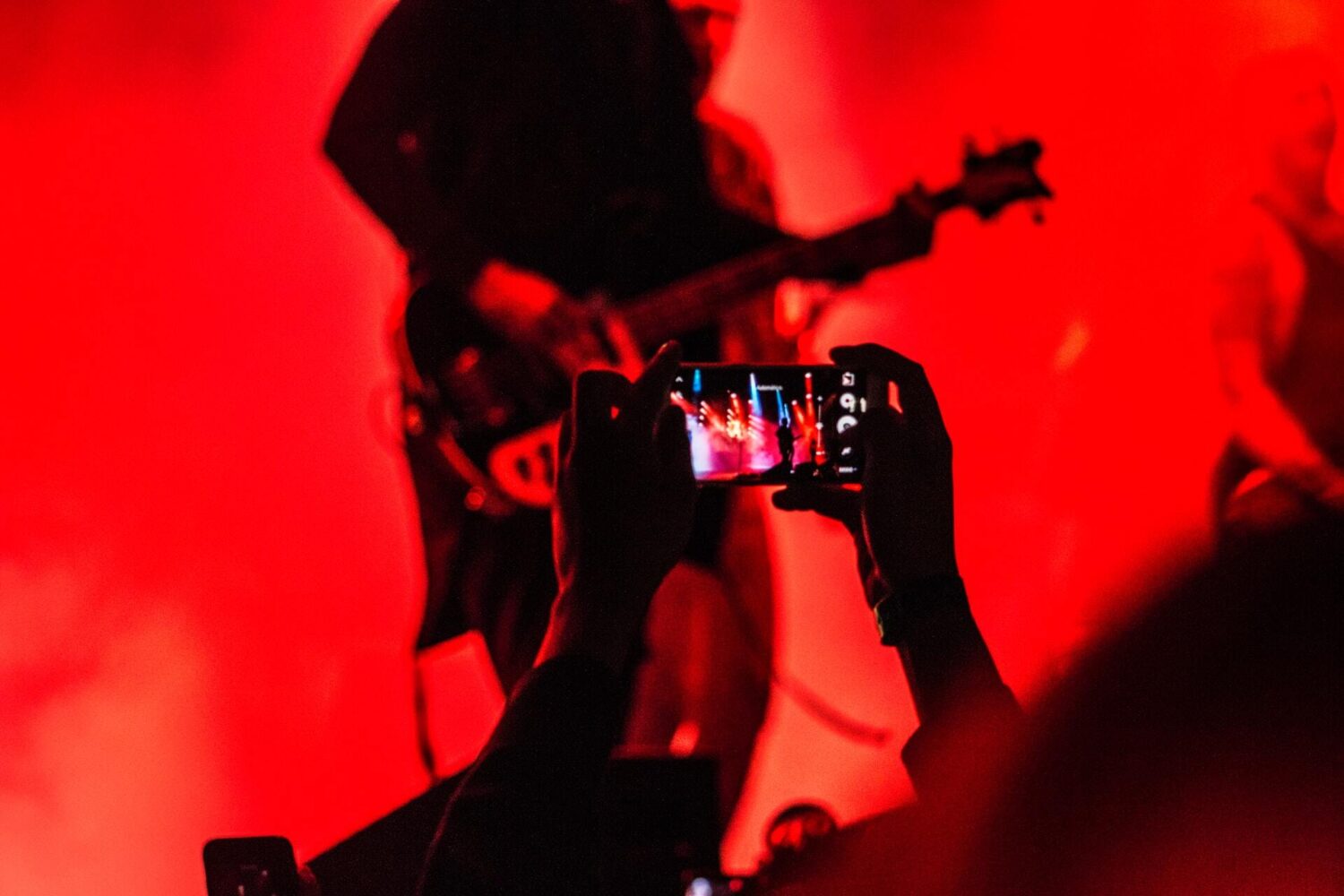
2. Your First Song Is The Most Important
One of the biggest mistakes I see bands and musicians making in their set list creation is leaving their biggest and best song near the end of the night.
It comes from seeing our favourite bands do this at live shows and thinking as unsigned artists, we are capable of doing the same thing.
Later on in your career, once you’ve had some hit records and people are coming and paying to see you live, you can start putting your big hits at the end of the set.
But right now, we are interested in first impressions.
People might be at your gig who haven’t seen or heard you play before. You should put your best and strongest song at the beginning of your set list.
Why? You need to make a statement that you’re not messing around. You’re opening song should hit them like a tonne of bricks.
You want people to stand there and be like "WHOAH" when you start playing.
This is your chance to carve out your space and win the crowd over with your stage presence in the opening moments.
Once you’ve got them in the palm of your hands, you can pretty much play anything you want. That first song is absolutely crucial.
Why not even think about writing a specific opening song for a set?
Think about these 3 songs and what they have in common:
Let Me Entertain You - Robbie Williams
Won’t Get Fooled Again - The Who
Welcome To The Jungle - Guns N' Roses
They are all perfect set openers. Designed to whip up a state of hysteria. Both musically and lyrically they are crafted to blow minds and set the mood from the off.
If you don't have a song that creates the same effect in your set list, try and write one specifically to open your shows with.
3. Switch Up Tempos & Energy
It doesn’t matter whether you’re a hardcore metal band or an acoustic singer-songwriter, nobody wants to go to a gig and listen to the same tired mid-tempo feel every song.
You need to change it up.
Not only style but flow as well. Sticking in different grooves and different tempos after one or two songs is a great way to keep the attention of the audience on you.
Some people like to have a spike at the start for two or three songs and then drop the tempo down, only to build it back up for a big ending.
Keep things interesting and vary the mood throughout the evening. Slow down the tempo and then speed it back up in the next song.
For some musicians, it can be worth drawing a desired energy curve for your performance.
It's really simple. Here are a couple of popular energy curves that bands often use:
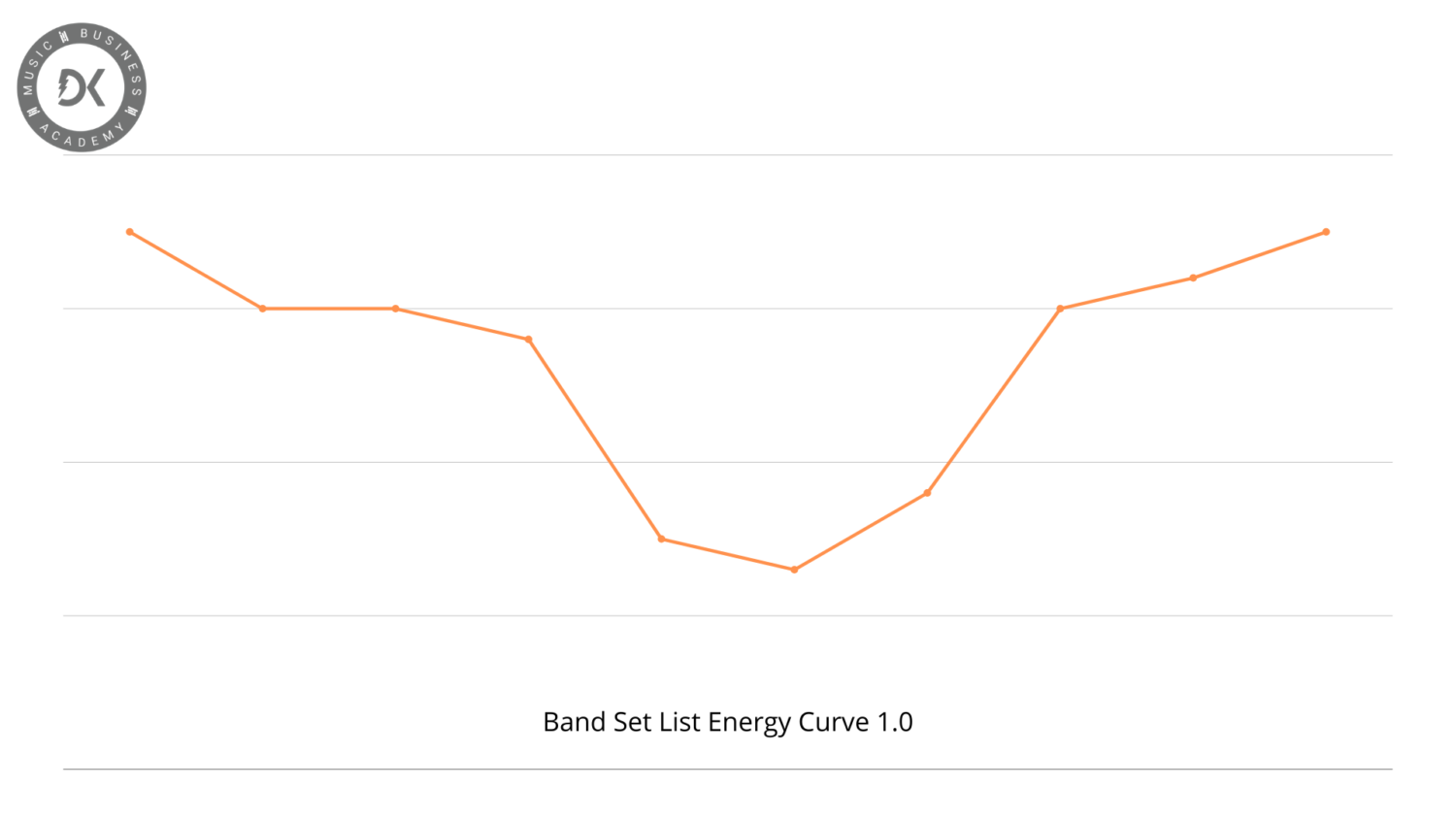
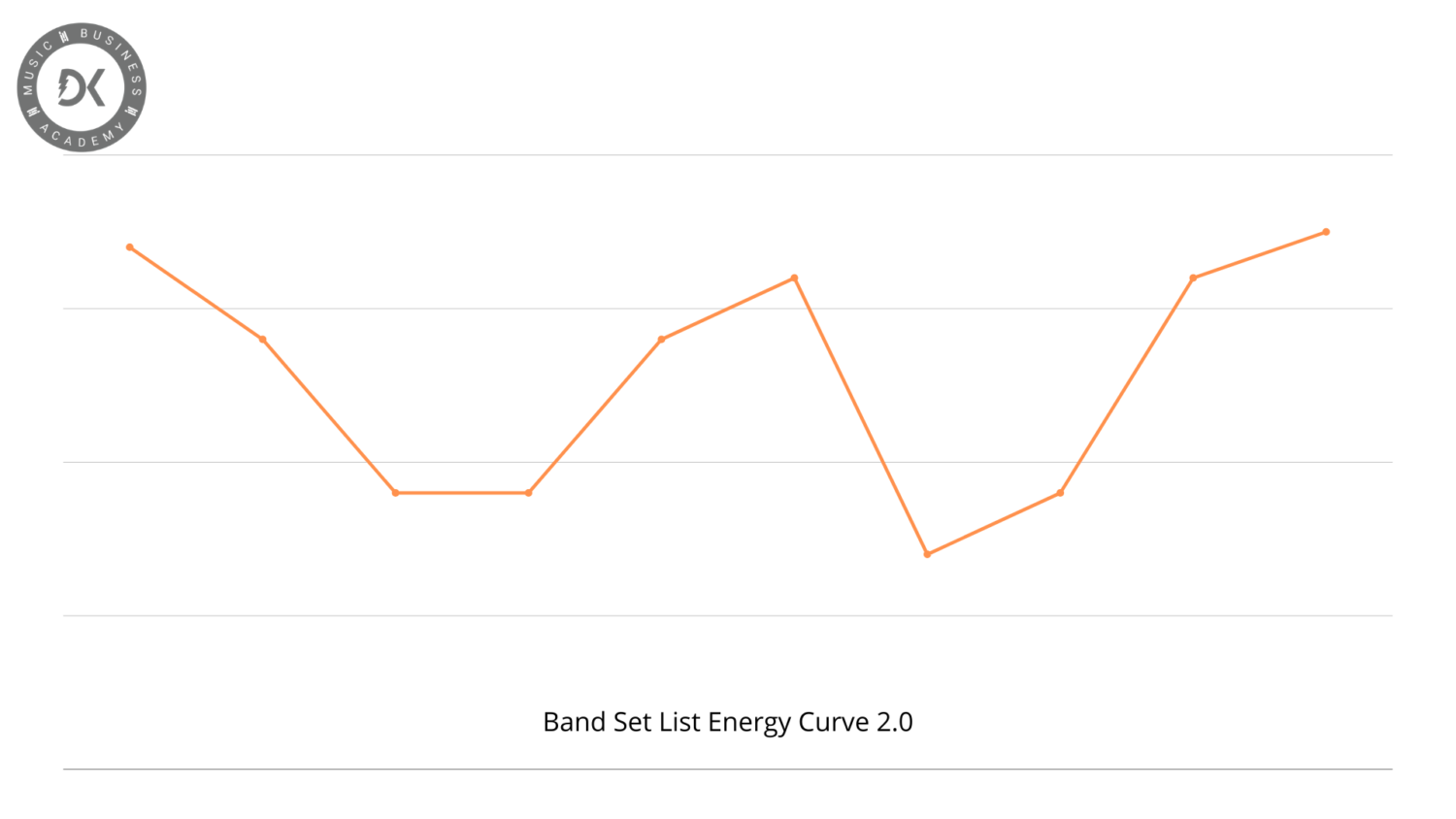
Notice how neither of these are completely linear.
Draw your current energy curve and see if there is enough variation to keep it interesting.
If you’re at 100% the whole time, where are you meant to go from there?
4. End Your Set List With A Bang
Next to your set opener, the second most important is your outro song.
It’s the lasting impression you leave with your audience and hopefully, one that will leave them wanting more.
One of the most important things to remember when writing a band set list is this:
Start with a bang. Finish with a bang.
Just like the opening tune, you can even write a specific outro song to close out your show.
Create a lasting impression that will turn passing audience members into adoring fans. Create moments to remember and end the night with something that people will talk about.
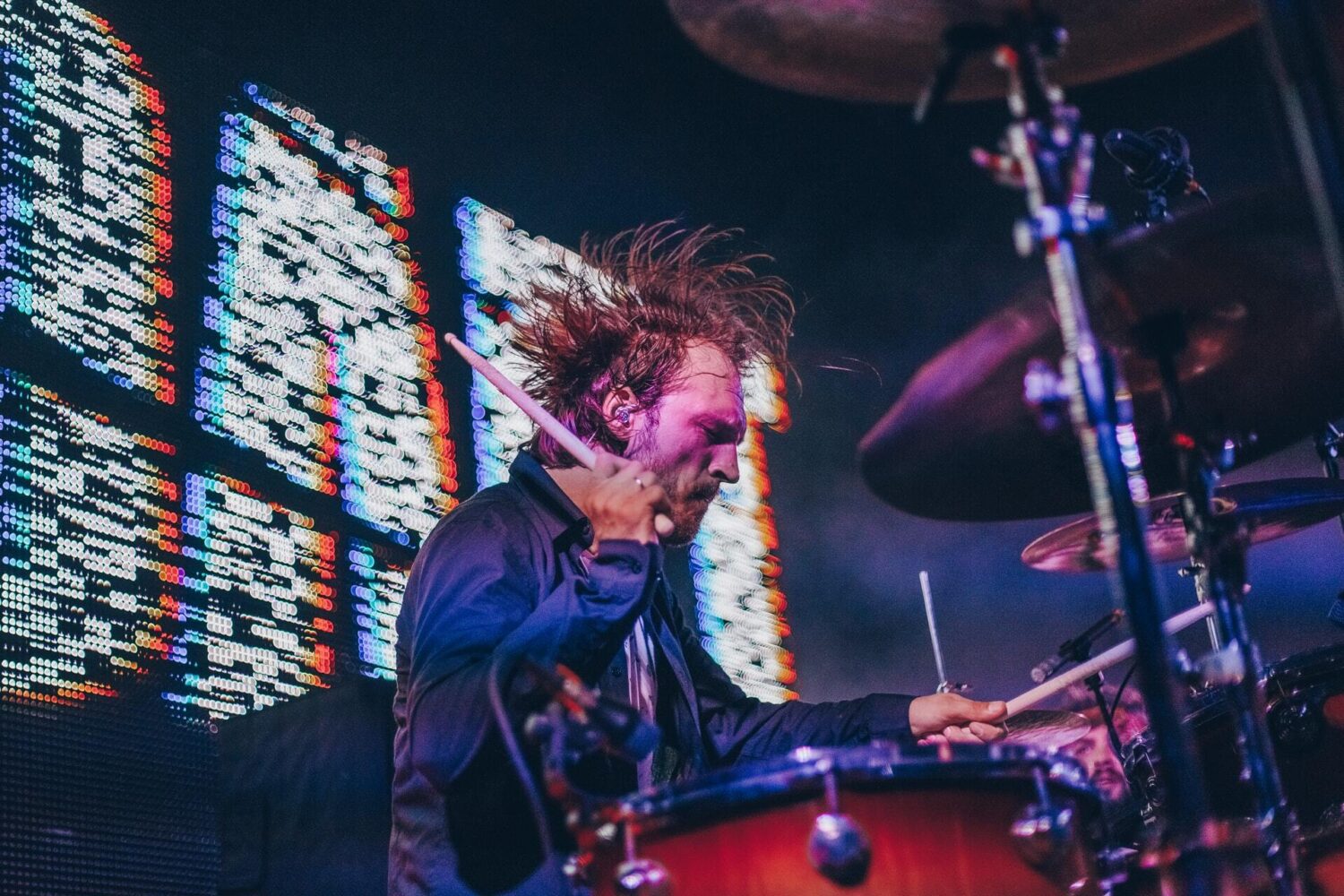
5. Plan Your Key Messages
What are the key messages you want to get across to the room during a gig? These should be factored into your live music set alongside the songs you want to perform. It could be:
- Your band name
- Your new single
- Your social media push
- Merchandise on sale
- Your next gig
What are you actively trying to push right now? Anything where there’s a message you want to share, you need to include it in your set. You might want to promote your next concert or new album.
It has to have a specific home and every band member needs to be aware of how and when you will do this.
Here's the thing about playing gigs.
From the end of each song to the start of the next one, the audience’s attention span will be declining rapidly.
Every second is like a minute when you are not playing music. The audience starts to get nervous and fidgety, this is when they go to the bar or the toilet or look at their phone.
You want to keep all the songs together and minimize the space and gaps between songs. Finding parts in the set where you actually say things in the downtime of the song or a build-up within a song should be factored in.
You'll see a lot of pro musicians doing their audience interaction and talking in the middle of a song before building it back up again so they can get their message across without that horrible awkward silence mid-set.

6. Make A Note Of Guitar Changes & Transitions
Talking of awkward silences during your set...
Do you have one of those guitarists who has 15 different guitars and wants to play with a different one every single song?
You know who you are.
Again, you need to factor these changes in.
There’s nothing worse than standing on stage not knowing what to do whilst the guitarist takes off his PRS and switches to his Gibson Les Paul studio because the Gibson has a different sound and it’s going to sound great for this next tune (apparently)... meanwhile you’re standing on stage face to face with an audience member who is just STARING at you waiting for you to start playing again.
Awkward.
Factor it in. If you are definitely going to have 3+ guitar changes in the set, don’t put them back to back.
It’s bound to piss the audience off and be really stop-start. Break them up to keep the vibes up and write them as part of the setlist.
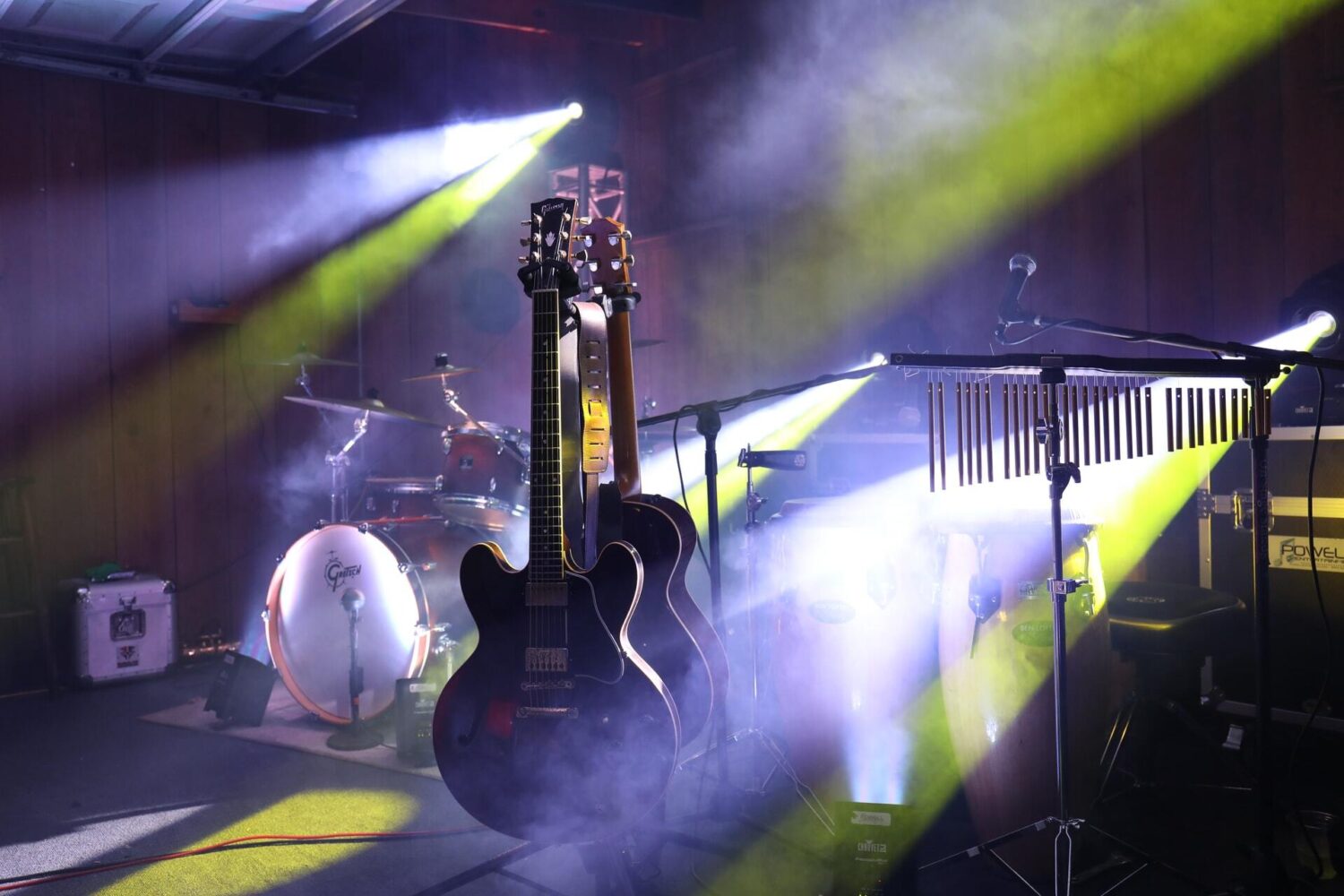
7. Place Cover Songs Carefully
Be careful of playing covers and be careful where you put them.
For example, if you play a killer set of your own original songs and you finish on a cover, be careful you don’t show up your own set. You don't want the best track of the whole set to be someone else's!
Some of the people coming to your show will be hearing your stuff for the first time.
Choosing the wrong cover and placement in the set is placing your songs against a world-class track.
If you are going to play a cover, choose something appropriate which demonstrates your journey. Where you’ve come from and where you’re going.
Pick the placement carefully. The middle works well and can rally the room back onside in what is usually the ‘lull’ of any setlist.
If you want to create a sing-along moment during the night, you can always include a short section of a well-known song for 20-30 seconds as part of your song as a little surprise for the crowd.
8. Destroy The 'Lull' With A Pivotal Track
There is always a moment at any gig where a natural lull occurs. Usually somewhere just after the middle.
This is where you need to ramp it back up.
Aim for a new plateau. You've been coasting at 80%-90% for a while now. This is the pivotal moment, the bit of the set where you aim for 200% and really take people with you.
The pivotal track is the bit where the performance really comes to life.
For a covers band, it’s typically something like Mr Brightside. It transforms the mood and everything is full on after this point. You dictate the pace from here on out!
Again, could you compose a specific tune for this part of your setlist?
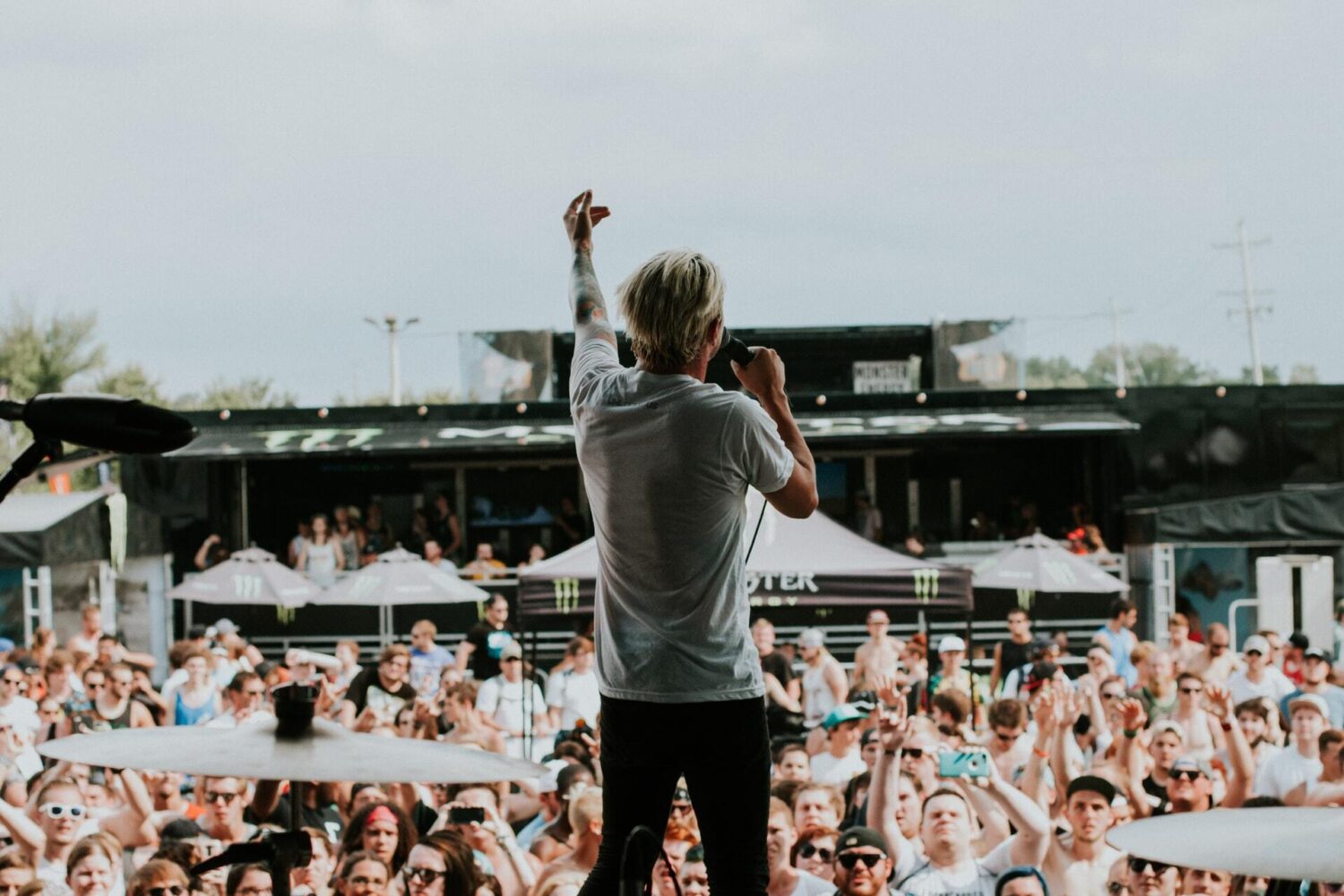
9. Find The Balance With Old and New Material
"Here's a song from our new album." might be one of the most hated things said at any concert.
There's something about seeing your favourite band perform loads of new songs that leaves a bitter taste in your mouth.
You need to strike the balance between old and new.
Remember, people are paying to see you live. Even if it’s a free gig, they are paying with their time and attention. They want to see what they want to see.
If you have tracks that have performed really well and are a part of the band's history, don’t leave the audience disgruntled by leaving them out.
There is nothing wrong with putting some new stuff in there to make it exciting but find the balance!
10. Rehearse A Show, Not A Set List
A set list is a list of songs. A show is a performance. Rehearse the SHOW.
If you are spending your time at band practices only going through songs and calling it a day, you're doing it wrong.
Include the things the frontman says. Include the guitar changes. Include the banter. Include the crowd photo. Include everything and rehearse with the same vigour that you would if you were playing in front of 1000 people.
If you’re not rehearsing these things and more, you’re just rehearsing songs.
This doesn't prepare you for a gig!
Think of it as one show and not 10/20 songs.

